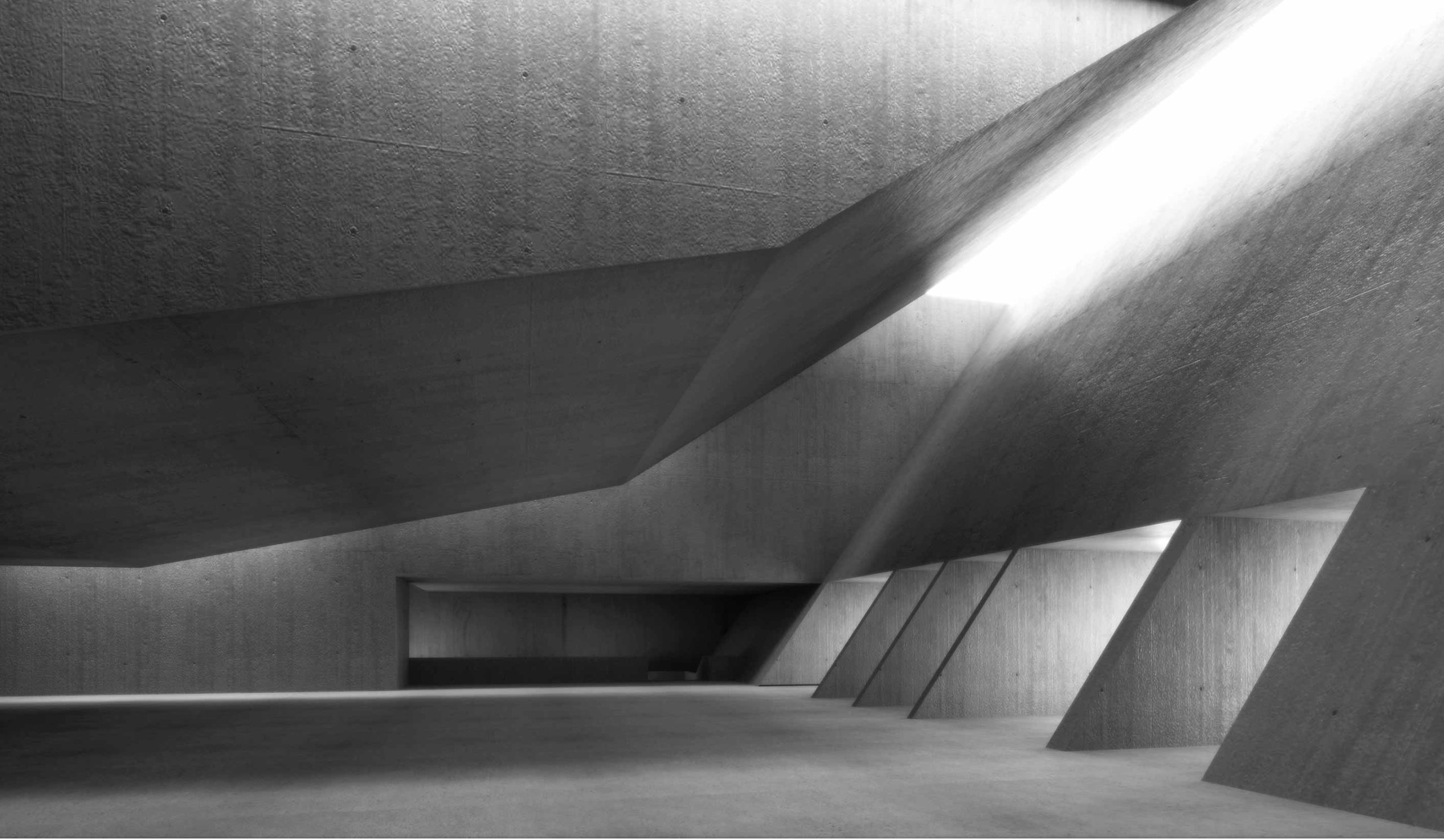
Arta Rostami Ravari
Estimated reading time: 3 min
Arta Rostami Ravari, Managing Director of RMJM Arta Tehran and RMJM Zurich, recently sat down for an interview to discuss her diverse background, philosophies, and the projects she is passionate about. After a very successful 2017, she is already planning for the year ahead.
Can you tell us a bit about how you think your background and upbringing has impacted your principles, philosophies and ultimately, your design?
As a designer my ultimate principle is good design. And good design comes from the ingenuity of the professional who is innovative, yet sensitive to local traditions. In this sense, I think that my diverse educational background and my international experiences have helped me to develop both hard and soft skills needed in order to recognise and produce good design. I grew up in Tehran, Iran, where I started my professional career and earned my BSs in Civil Engineering. After that, I moved to Switzerland where I earned a BSs and a MSs in Architecture as well as a master in Economics and Management. These “hard” skills, combined with the “soft” skills that I learnt by studying, living, speaking and breathing the European way of designing, allow me today to offer my clients an innovative and international design that respects our traditions and, of course, construction regulations.
What do you consider to be the greatest benefits and difficulties of living in incredibly different cities from one another such as Tehran and Zurich?
I cannot think of any difficulty really. Of course, they are pretty different between them but any short attempt to compare them risks to be inconclusive and misleading. On the other hand, I’d say the greatest benefit of living in Zurich and Tehran is related to the development of the “soft” skills that proved to be an important asset later on in my career. The contrast between the Iranian and European culture have helped me to reinterpret our traditions, as well as the local ways of thinking and designing in a new perspective. In our design for Iran Historical Car Museum, for instance, we drew inspiration from both the Iranian architectural tradition and the modern design approach typical of European countries to create something unique.
How do you compare your work for the Iran Historical Car Museum to your previous works?
The Iran Historical Car Museum is my first standalone dedicated museum so it’s not really fair to compare it to a previous project of a different typology. RMJM, of course, has a wide experience in museum projects, from the Scottish Museum of Modern Art to the National Museum of Libya, but that didn’t directly influence the work we carried on since it involved a sui generis revitalization of space. This was a quite unique project in the sense that one of its main ambitions was to add cultural and historical value to the industrial zone in which it is located, 20km west of Iran’s capital city, Tehran.
Which aspects of its design are you most proud of?
I would say the interplay of light and shadow, which creates a mystical atmosphere in the main high entrances and is replicated in the small rooms alongside the visitor’s path as well. This was fundamental to allow us to create a museum where visitors could experience the passing of the time through the vivid recreational and historical atmosphere.
On what kind of projects would you like to see yourself working on after the Iran Historical Car Museum? Are there particular processes or materials that you would like to explore in the near future?
I really like the thought of working on more museums. I had an excellent experience with Iran Historical Car Museum and I’m convinced that we obtained valuable knowledge during development of this project that can be usefully applied on other institutions and exhibitions. In terms of materials, again, an architect should never limit herself. A building’s materiality is what our bodies experience and it is, therefore, intertwined with form, function and location. Our next project will determine the materials that we will explore in our future concepts.


